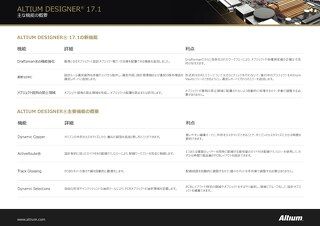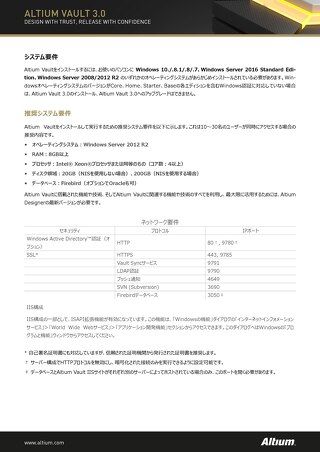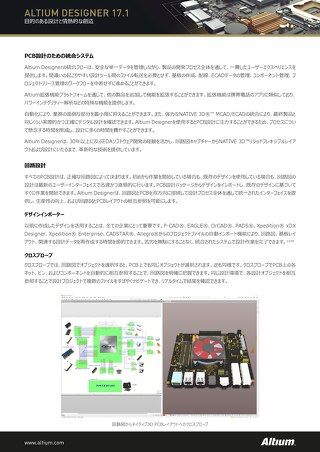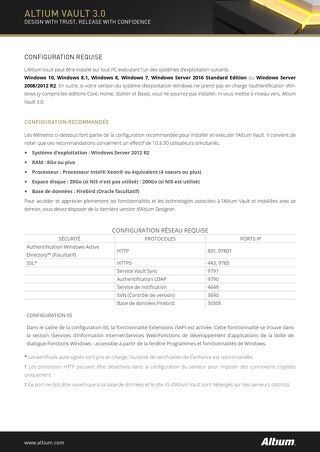Learning Hub
Altium Designer 19 vs Altium Designer 18 Feature Comparison
Altium Designer 19 vs Altium Designer 18 Feature Comparison
Created: April 10, 2019
Updated: March 20, 2020
Updated: March 20, 2020

Related Resources
Altium is transforming the electronics industry so thoroughly that our web pages need a minute to catch up. For a short time, some information on this page may be outdated.
We appreciate your patience. It will be worth the wait!
Learn More
Thank you, you are now subscribed to updates.
Product Extension
Company
Careers


![Intro to Altium Designer Evaluation [Videos]](https://files.resources.altium.com/sites/default/files/styles/teasers_image/public/blogs/Intro%20to%20Altium%20Designer%20Evaluation%20%5BVideos%5D-50845.jpg?VersionId=PY3Apiw2hJClgulPvHx8plfdma4vSVKy&itok=N323gmN0)






